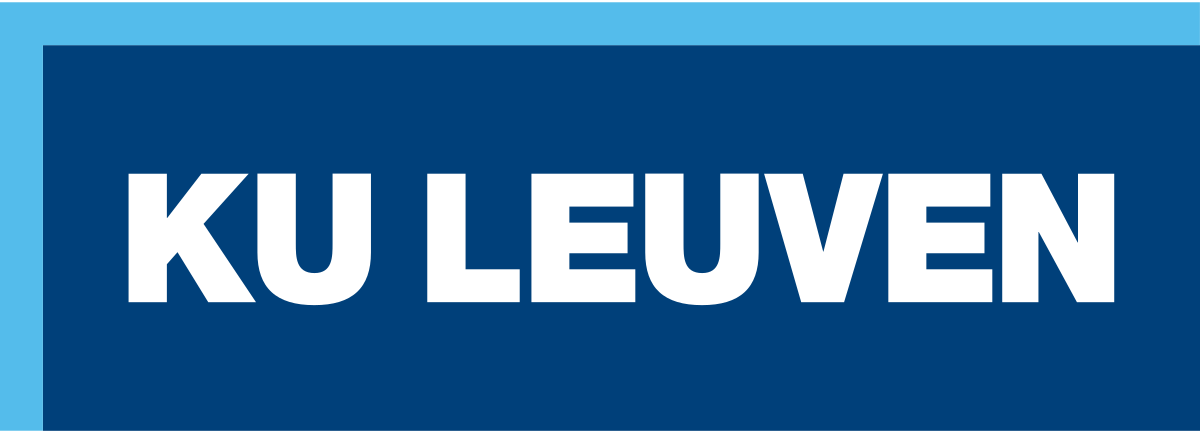
Project coordinator
KU LEUVEN
A leading European University which conducts fundamental and applied research in all academic disciplines with a clear international orientation. The Centre for Mathematical Plasma Astrophysics (CmPA) is currently researching MHD phenomena.
WebsiteProject coordinator
Dr. Andrea Lani
Dr. Lani will contribute as Project Coordinator. As Coolfluid project manager and lead developer, he will actively contribute to the further development, verification, validation and deployment of the multi-fluid plasma solver for MHD-enabled heat flux and radio-blackout calculations. Finally, he will also contribute to the dissemination.
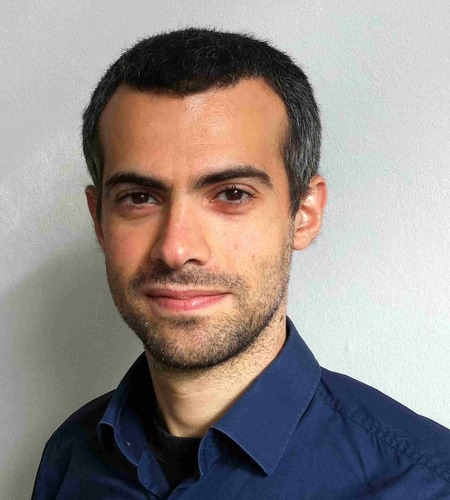

management activity
Prof. Dr. Stefaan Poedts

main developer radio blackout analysis tool
Mr. Vincent Fitzgerald Giangaspero

Administrative Assistant
Mrs. Dominique De Mets
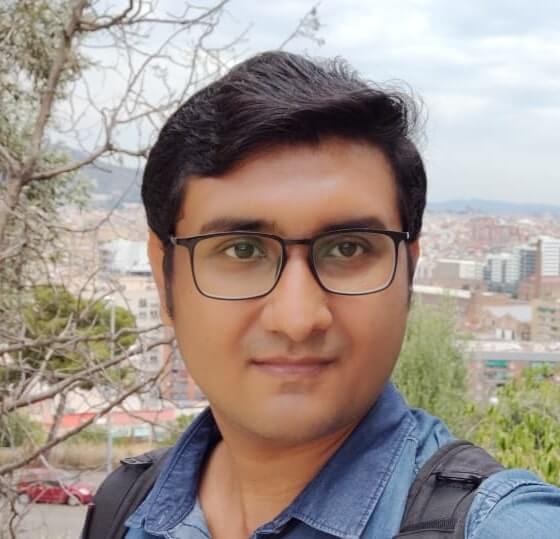
Post Doctoral Researcher
Vatsalya Sharma
project dissemination
NEUTRON STAR SYSTEMS
A German Start-Up specialising in the development and commercialisation of superconductor-based systems for space applications. NSS brings a strong heritage of marketing and dissemination in the area of high-tech innovation.
Websiteproject dissemination
Manuel La Rosa Betancourt
Manuel will establish the contacts with stakeholders from academia/industry potentially interested in MEESST technology.
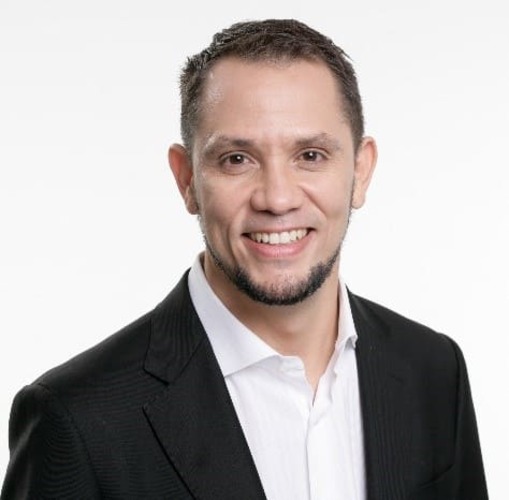
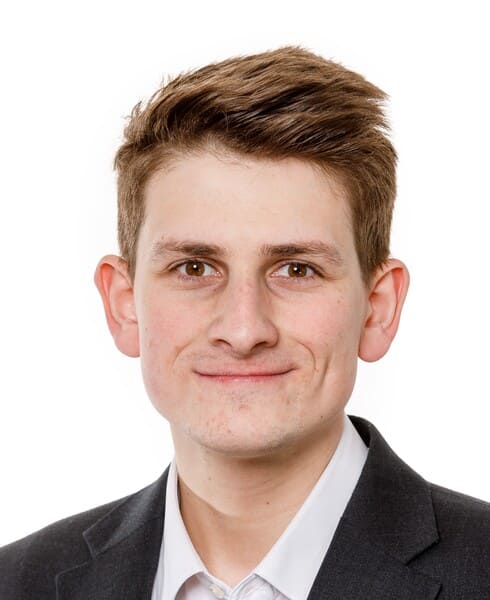
Marcus Collier-Wright
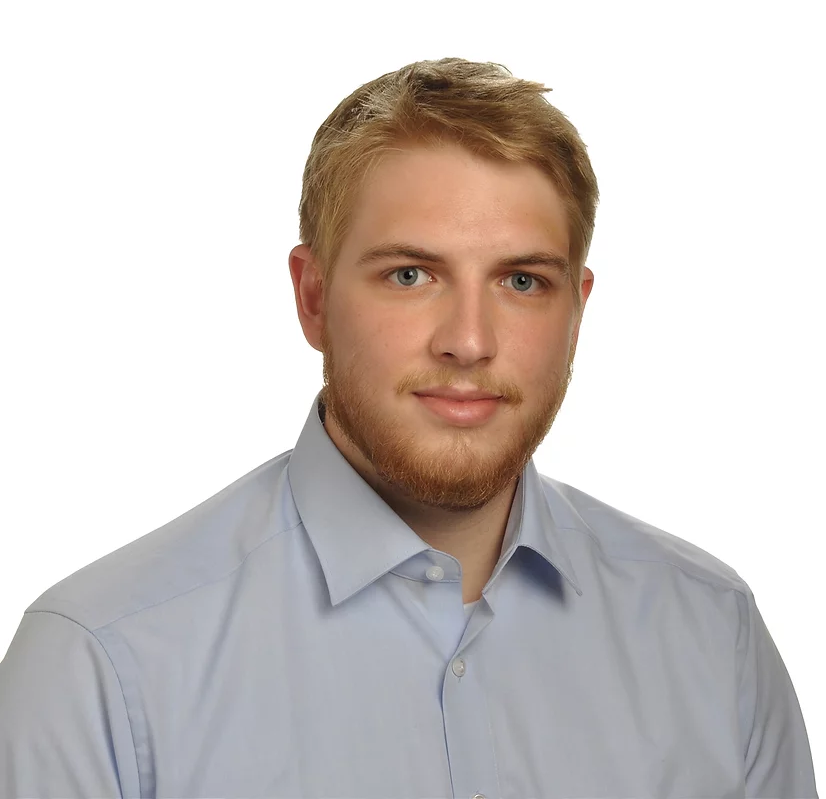
Elias Bögel
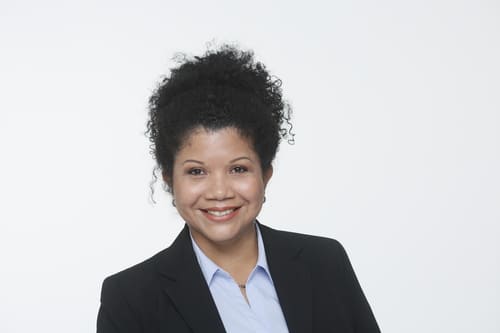
Eudys Guevara

UNIVERSITE DU LUXEMBOURG
Leading European university conducting fundamental and applied research in the area of computer, communication and information sciences. The department is active in different research areas especially related to computational modelling.
WebsiteDr. Jan Thoemel
Dr. Thoemel, with his colleagues at the university of Luxembourg, will be conducting the research into the physics-based blackout modeling. This encompasses the extension of the raytracing algorithm and its applications to account for magnetic fields and the computation of the effective radiation pattern accounting for the plasma. Such is a missing information for reentry vehicle designers and allows optimal antenna placement.
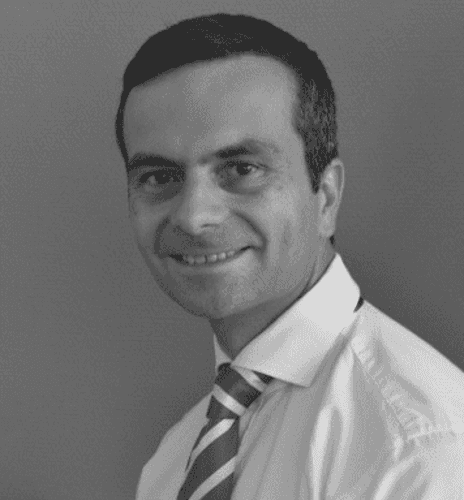

Dr. Juan Carlos Merlano Duncan

UNIVERSITY OF SOUTHAMPTON
The Astronautics Group is one of several world-class research groups at the University of Southampton, whose activities cover a broad spectrum of fundamental and applied research in the field of space physics and spacecraft engineering.
WebsiteDR. MIN KWAN KIM
Dr Kim will lead the project on US. Thus, he will lead the extension and code-to-code comparison of plasma models and simulation tools. He will also contribute the validation and modelling tasks though his expertise in re-entry blackout and magnetic head shield. He will also support the overall project management and dissemination.
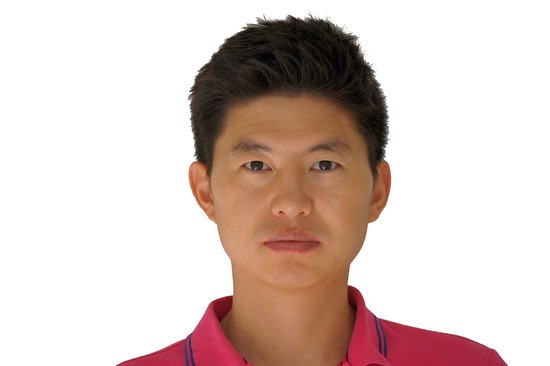

Prof Neil D Sandham
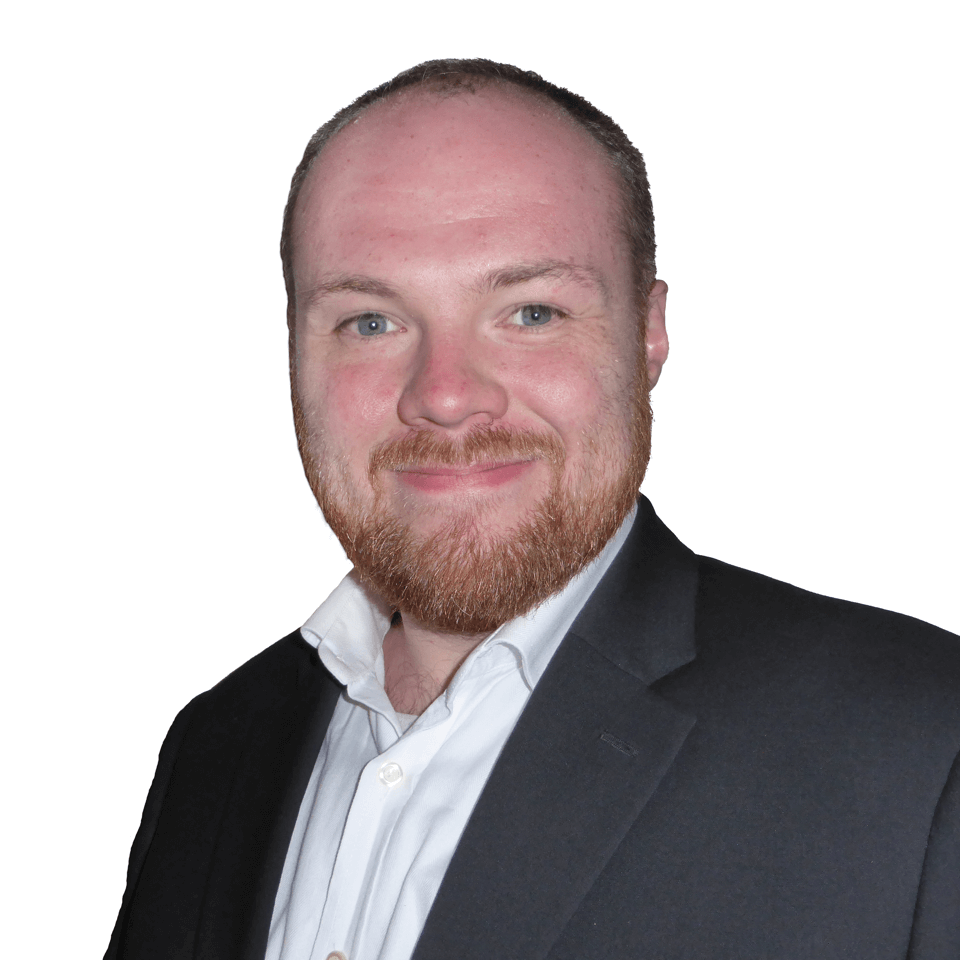
Nathan Donaldson

Thomas Greenslade

ABSOLUT SYSTEM
A French SME specialising in the development and production of both standardised and tailor-made cryogenic solutions for space applications.
Websitejulien tanchon
Mr. Tanchon will lead the project on Absolut System side and thus will lead the cryogenic block development (conception, realization and tests). He will also participate to the global management.
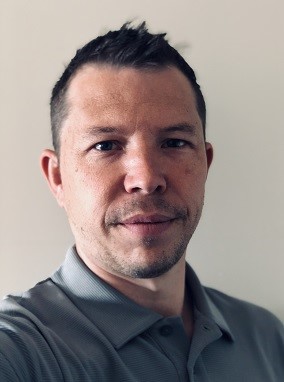

trade-off and modelling activities
Jerome Lacapere

VON KARMAN INSTITUTE FOR FLUID DYNAMICS
Research institute in Brussels with a strong heritage in the investigation of atmospheric entry relevant flow physics. They have participated in many European research and technology programs contributing with experiments and numerical tools.
WebsiteDr. Olivier Chazot
Prof. Chazot will contribute as work package manager on the side of VKI. He will lead the design and implementation of the blackout experiments carried out in Task 2. These experiment aim at studing radio communication through a hot plasma, emulating the re-entry conditions of a space vehicle. Blackout mitigation through a magnetized plasma will also be addressed. The empirical data provided by the VKI will be used for validation of CFD simulations and ray tracing codes.
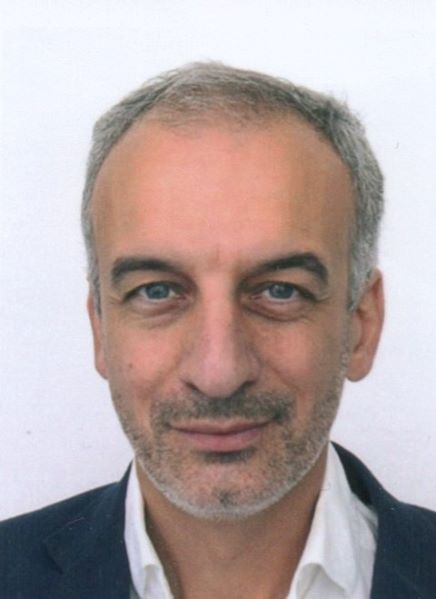
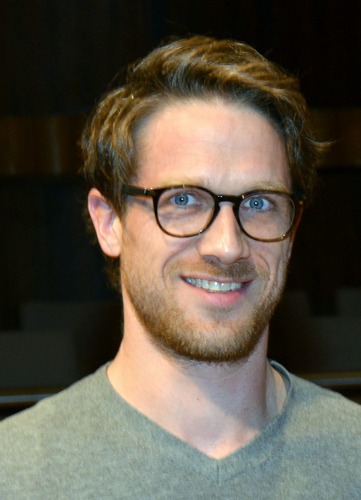
experimental support
Dr. Bernd Helber
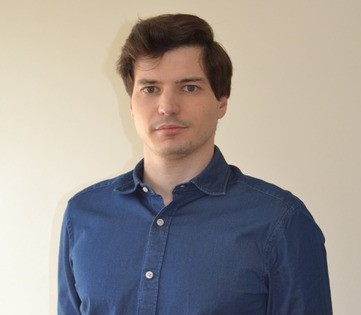
Experimental Support
Dr. Alan Viladegut
KARLSRUHE INSTITUTE OF TECHNOLOGY
A public research university and one of the largest research and educational institutions in Germany. KIT is a leading institute in the field of High Temperature Superconductor development, research, and applications.
WebsiteDr. Sonja Schlachter
Dr. Schlachter will take the role as the KIT project manager and as coordinator of activities. She has been involved in a previous project on radio blackout mitigation (COMBIT) in which she was responsible for the development of an HTS magnet and its cryogenic system and for the operation of the magnet during the plasma experiments. Based on her experience with the previous project she will contribute to the development of the high-temperature superconducting magnet and to the integration in the cryostat system.
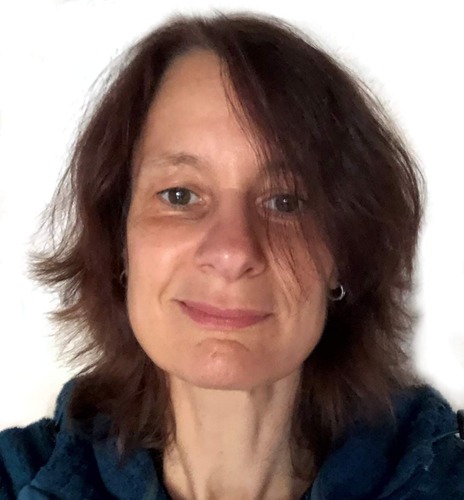
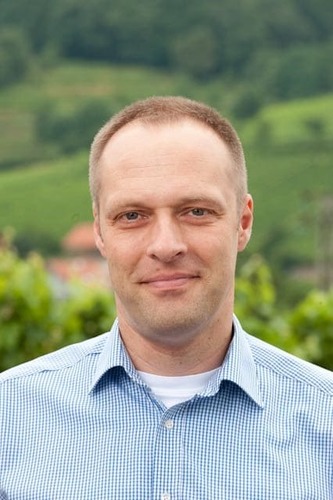
R&D coordination
Prof. Dr.-Ing. Mathias Noe
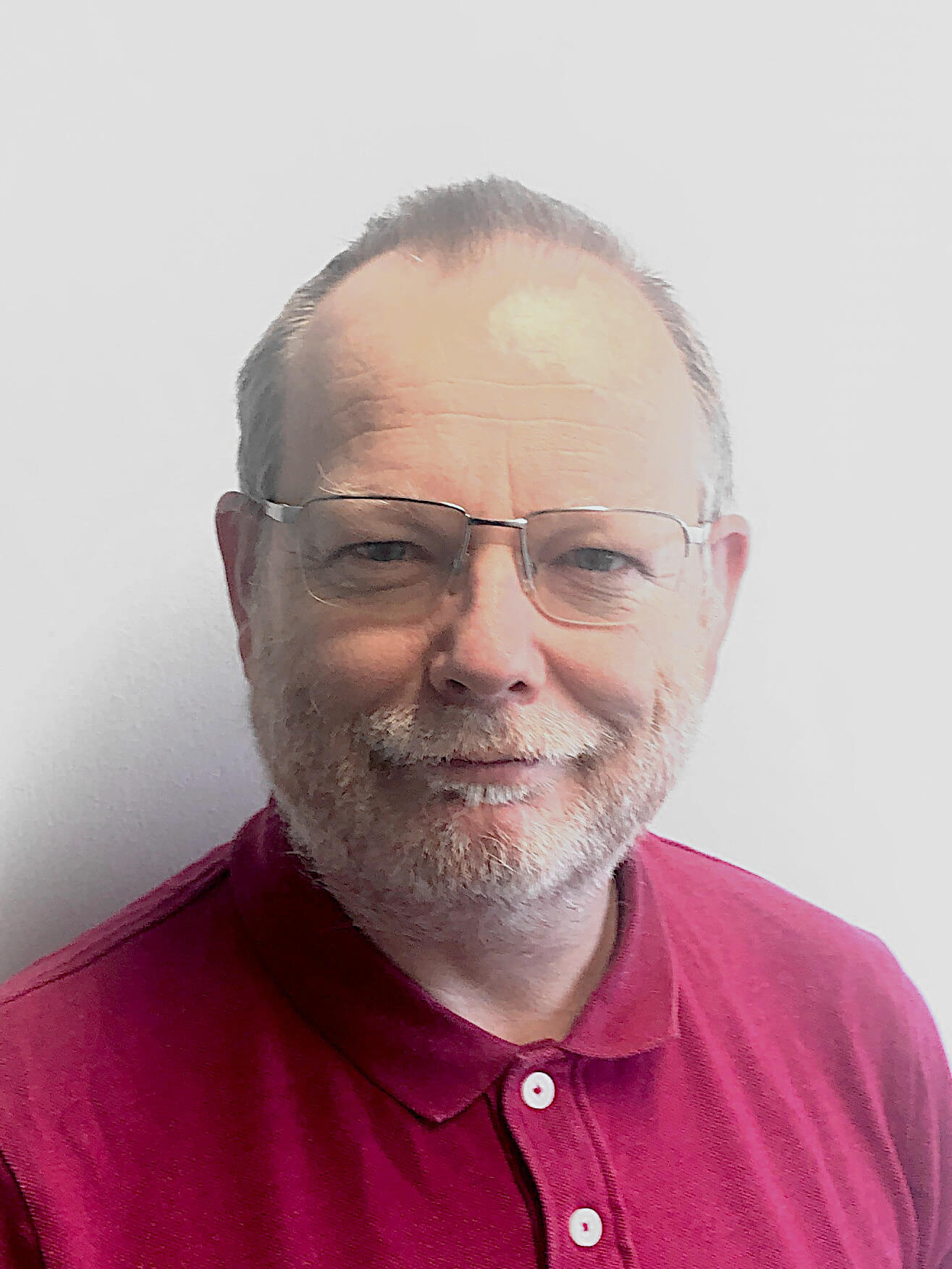
HTS Magnet Design and Testing
Dr. Rainer Gehring
UNIVERSITY OF STUTTGART, INSTITUTE OF SPACE
SYSTEMS
Offers wide research in the field of Space Technology and Astronautic Appliances. It has contributed to atmospheric entry experiments: HERMES; EXPRESS; MIRKA; X-38, HUYGENS, EXPERT; Miriam 2, REXUS.
WebsitePriv.-Doz. Dr.-Ing. Georg Herdrich
Herdrich will be the project Scientific Coordinator, leading and managing the experimental and numerical activities for MEESST at IRS and leading, which focuses on validating computational tools against the experimentally obtained data.
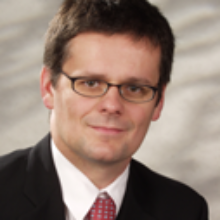

Experimental Simulations
Johannes Oswald
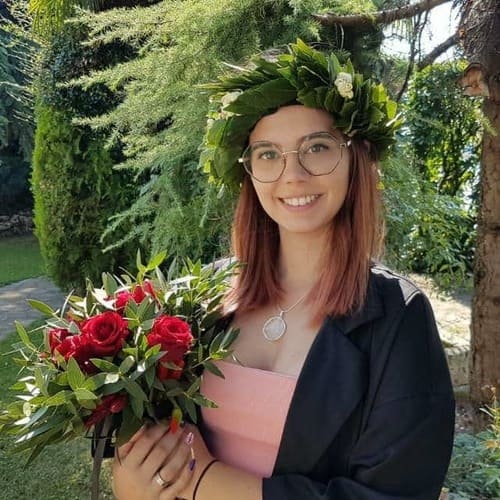
Numerical Simulations
Jasmine Giacomelli
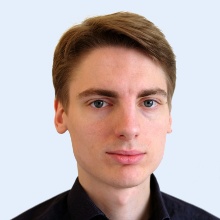
Experiment Support
Alexander Behnke
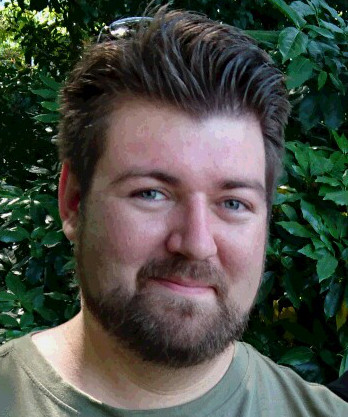
Experiment Support
Adam S. Pagan

THEVA
The largest producer of commercial High-Temperature Superconductors in Europe. It’s Pro-Line wire transports 200 times more current then copper – and with practically no power loss.
WebsiteVeit Große
Veit Große will coordinate the definition and qualification of the coated conductors for the coils.
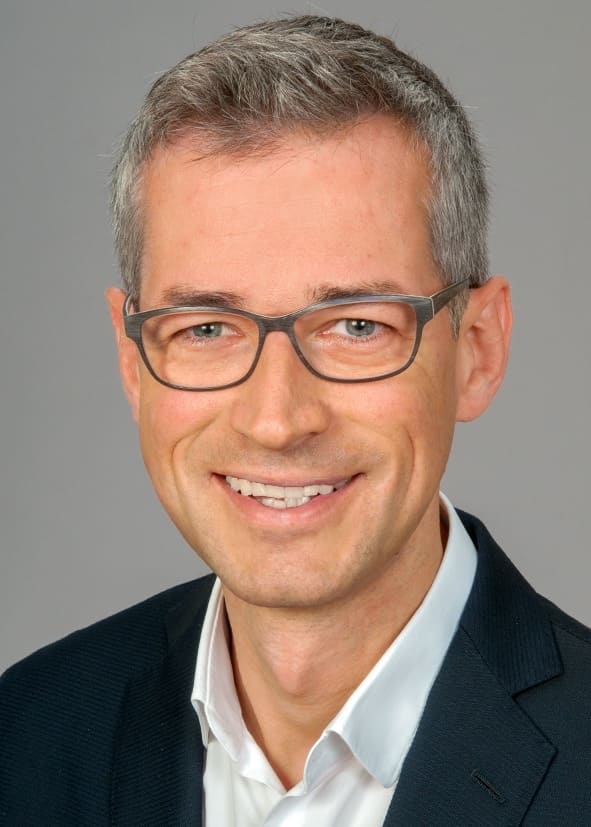

Dr. Anis Smara

AEDS
Advanced Engineering Design Solutions is a consulting company active in various fields of the engineering world including computational fluid dynamics and aerothermodynamics. It is in close collaboration with relevant EPFL research units.
WebsiteDr. Angelo Casagrande
Radiation database interfacing with the experimental and computational data fields from the MEEST partners that give as inputs the solution atmospheric trajectory points and corresponding thermodynamic state, and the ionization levels. Extraction at specific Lines of Sights (LOS). Estimation of radiation levels using open source databases that include ionized species.
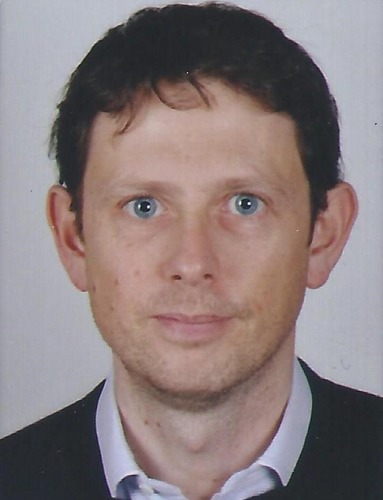

Dr. Pénélope Leyland
